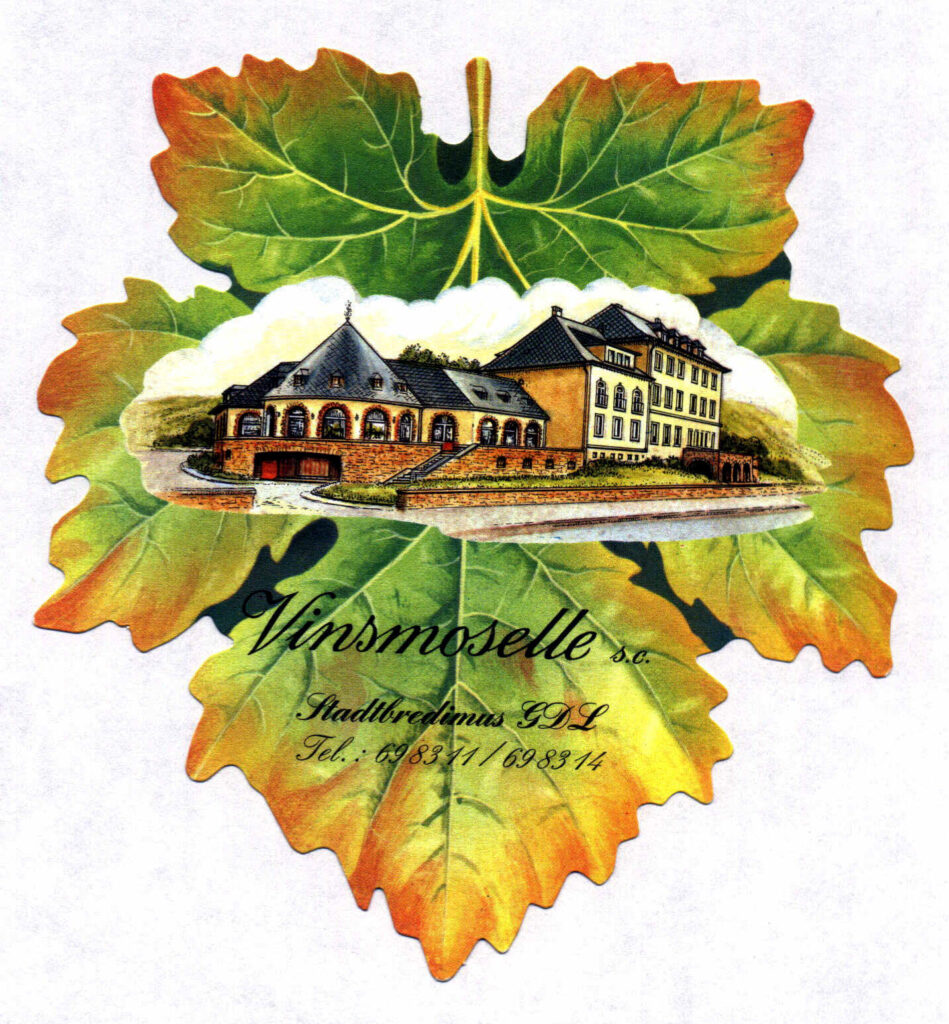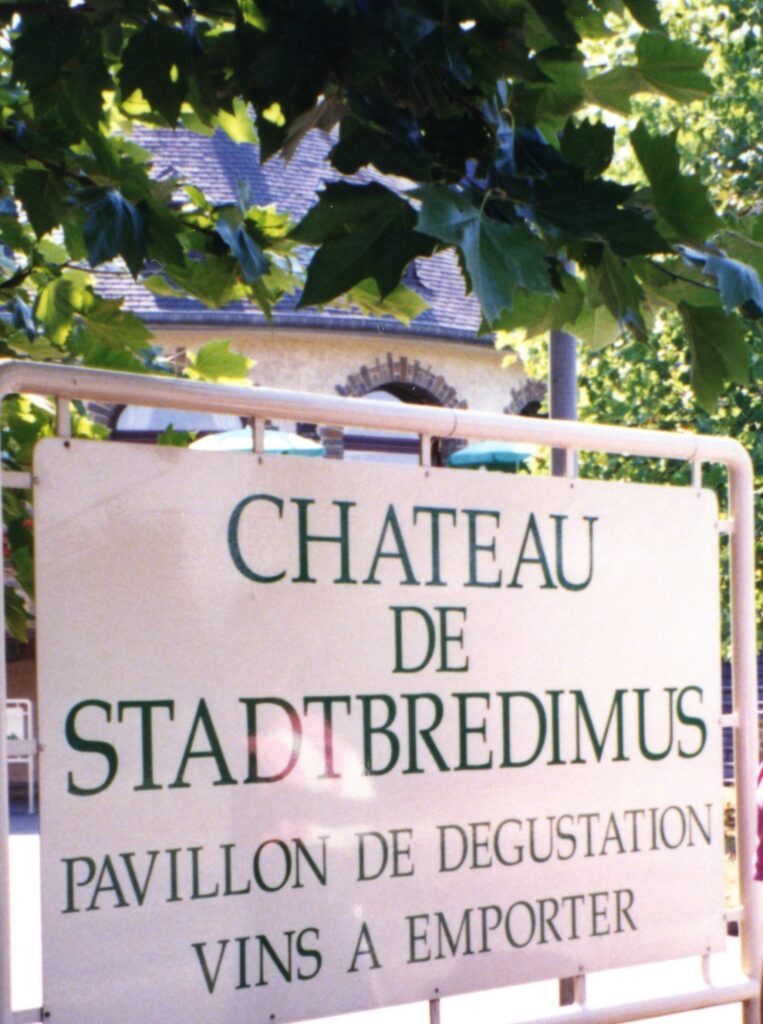The History of the Bredimus Family in America
The name Bredimus is of Roman origin and it is assumed that when the Romans moved up, or migrated, into Europe, that a clan, or family, by the name of Bredimus settled in what is now Luxembourg. That, perhaps, is the reason for the Latin ending of “us” in our name.

Francois Bredimus was born in the little village of Bredimus in Luxembourg (possibly Stadtbredimus). In that locality there was Bredimus Woods and Bredimus Castle. At one time there was the Count of Bredimus (Comte de Bredimus brut Luxembourg, but through a controversy between the nobleman and the Church the lands were taken from him. Also, correlating with this religious difficulty, a branch of the family broke away and came to America. This branch changed the name to Bredemus and there are one or two families by that name living in Minneapolis. One time when Frank (Francois’ son) was in that city he called upon a man by the name of Bredemus who was a baker. As far as we can determine there are no persons by the name of Bredimus, or Bredemus, who are not distantly related to us.

Francois Bredimus had two brothers, Jean and Nicholas, and two or three sisters. The oldest sister came to America with the Sestier family and they settled near Des Moines, Iowa. It was due to her influence that the entire family of Francois Bredimus and his brothers came to America.
Francois was an artist and who worked in Europe and Egypt as a painter of scenic ceilings in large chateaux. He had a crew of artists working with him and he visited Egypt several times on various work consignments. During one of these trips he became interested in Islam – being of a curious turn of mind – but that interest came to a sudden stop when he learned that marriage with an Islamic woman was being arranged for him.
Francois served in the French Army during the Franco-Prussian War (1870-3) and he served as a linguist. He spoke nine languages and was in the department of the army which we would now term Intelligence Division. It was one of his duties to question captured prisoners.
One of the interesting stories regarding Francois’ army experience occurred when he was on night guard duty. He heard a rustle in the bushes, so he called out “Qui va la?” No password was forthcoming and he repeated his question. No answer – so he said he would shoot. Still no answer – whereupon Francois fired into the bushes. The Captain came out at the sound of the shot, and they discovered that it was not the enemy but the Captain’s pet dog that Francois had shot.
Francois was in Egypt on business when he met Harriette Blum, his future wife, on the boat returning to France. Her father had served as secretary to the King of Italy and Caliph in Cairo. Secretary Blum had sent his children back to France when plague broke out in Cairo. Francois and Harriette were not married until the family returned to Egypt and it was from Cairo that Francois and Harriette Bredimus came to America. The trip to America was made by sailing vessel and the boat they were on was blown off its course and took three months to arrive at New York. The Bredimuses were expecting their first child by then; a daughter was born shortly after their arrival in Des Moines where the entire Luxembourg family met.
It was Francois’ custom in Egypt to wear a red fez and evidently he enjoyed wearing it and thereby caused much comment when he came to the States, and thence to Iowa, with such head dress.
The three Bredimus brothers (Francois, Jean, and Nicholas) all married before coming to America. Jean married Adelle Charlotte Barbolet in Paris, and Nicholas married his wife, Mary, in Alsace. Francois married his wife in Cairo and it was upon the family’s reunion in Des Moines that the three wives met. Each brother had married a little red haired woman. There were seven children born to Francois and his wife – Fanny, Martha, Maurice, Frank, Raymond, Victor, and a little girl called “Litzi” who died in infancy.
Most of Francois’ sons had been named for kings or emperors, except Maurice, who had been named for Harriette’s brother (Captain Maurice Blum, among whose posts with the French army was the assignment of Paymaster for the Suez Canal project) and therefore was given the middle name of “William” for Kaiser Wilhelm of Germany. Frank was named for his father – as well as Franz of Austria; and Victor was named for Victor Emanuel of Italy.
Francois’ wife, due to her father’s occupation, was given the opportunity to learn six languages, including Arabic. She once related how an Egyptian woman came to the house with laces and rugs to sell. She was busy and did not wish to take the time to look at the woman’s wear. The woman cursed Harriette in Arabic, who called her down in the same tongue. The woman was so surprised and chagrined to find someone who understood her that she knelt down to kiss Harriette’s feet in apology.
Granddaughter Harriette writes:
I shall always remember the funny instance when my mother gave a party for Aunt Adelle on her 83rd, I believe, birthday. I came in late to the party and greeted Aunt Adelle in French as well as asking her how old she was that day. She came back in French very quickly and scolded me for not reading the papers. It seemed that she had been interviewed by a reporter and her picture was in the paper. She felt that “Petite Harriette”, as I was called to distinguish me from Grandmother, was quite amiss on the latest news. In the newspaper article Aunt Adelle told of her experiences during the Seige of Paris and how there was nothing but black bread – no white flour. The newspaper chap who called upon her spoke French which delighted Aunt Adelle and she told us that she surely liked “dot boy”.
Francois’ work in America did not follow the same line as that of his European occupation – due, of course, to the fact that there were not the lavish interior decoration put in the homes here. So he went into the carriage painting business and decorated and painted carriages. Only one of Francois’ sons followed him into the business, carrying along the art line in his sign and commercial art work.
There is a book, The Grand Duchy of Luxembourg (by Maynard Owen Williams), which tells in factual manner about the little section from which came the Jean Bredimus family. A National Geographic magazine article on Luxembourg made reference to the book.
This history is based in great part upon an essay that “Petite Harriette” wrote for the Bredimus family. The Port Washington, WI Historical Society offers a Bredimus Family Geneaology Book with 13,000 names.

Recent Comments